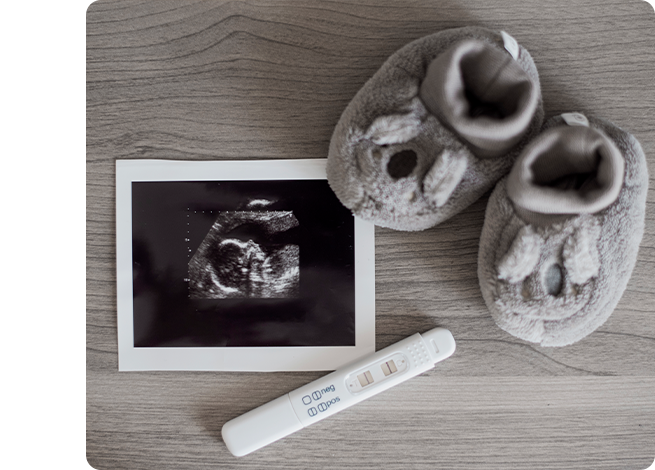Intrauterine Insemination (IUI)
While a number of ovarian follicles begin to develop during each normal menstrual cycle, the co-ordinated actions of Follicle-Stimulating Factor (FSH) and/or luteinizing hormone(LH) usually give rise to the production of only one mature follicle capable of ovulating an egg. Clomiphene or gonadotropins are usually given to increase the number of mature eggs Intrauterine insemination (IUI; also known as sperm wash) usually involves a two-step treatment for infertility.
First, hormone therapy is used to improve the ovulatory response. Second, an optimally prepared semen sample is deposited directly into the uterine cavity. This treatment is designed to increase both the number of eggs and the number of motile sperm, which reach the fallopian tube (site of fertilization). Intrauterine insemination compensates for mild male factor and has provided success with cases of unexplained infertility. By passing the vagina and cervix can increase the number of motile sperm reaching the uterus and fallopian tubes.



